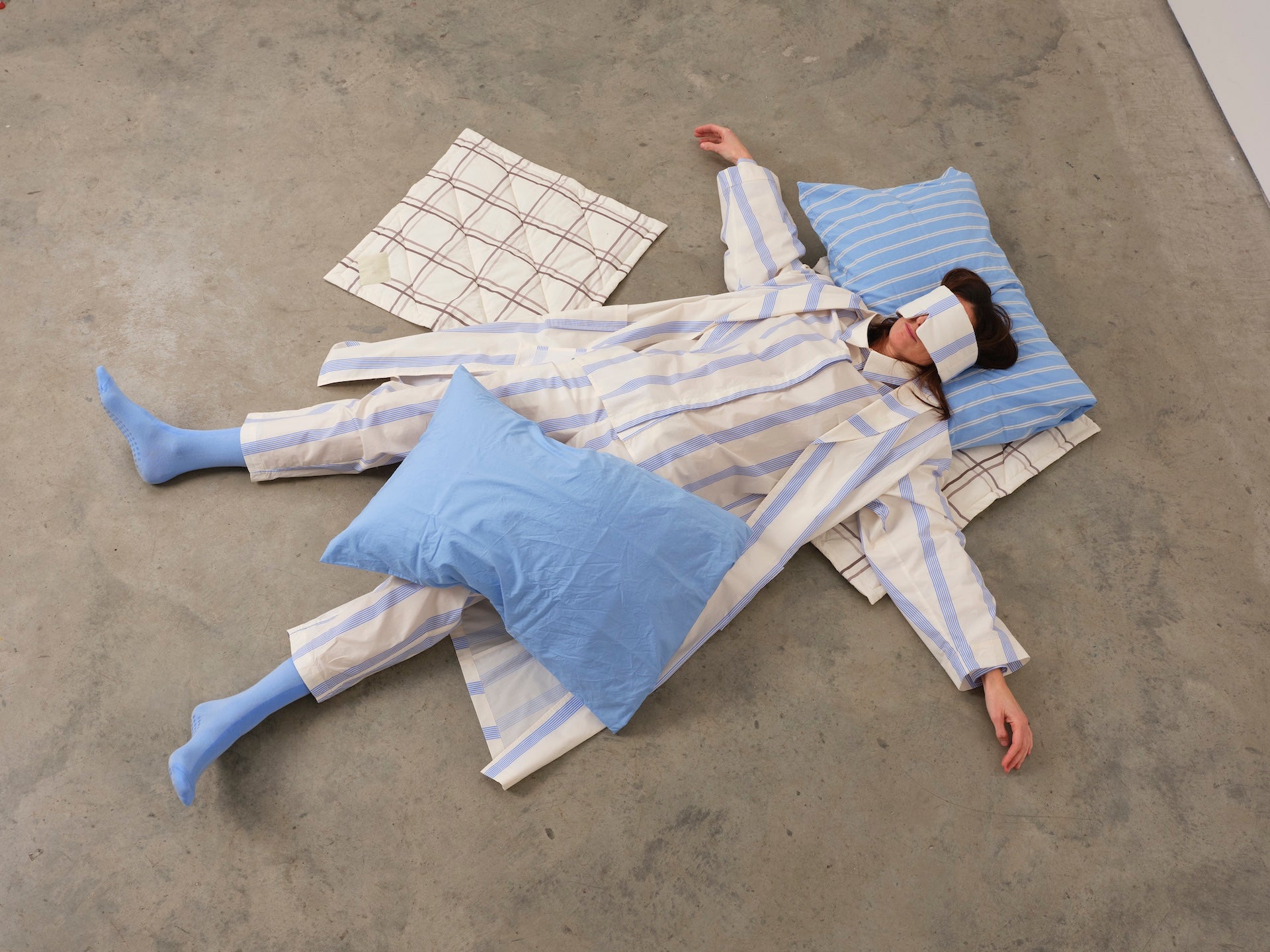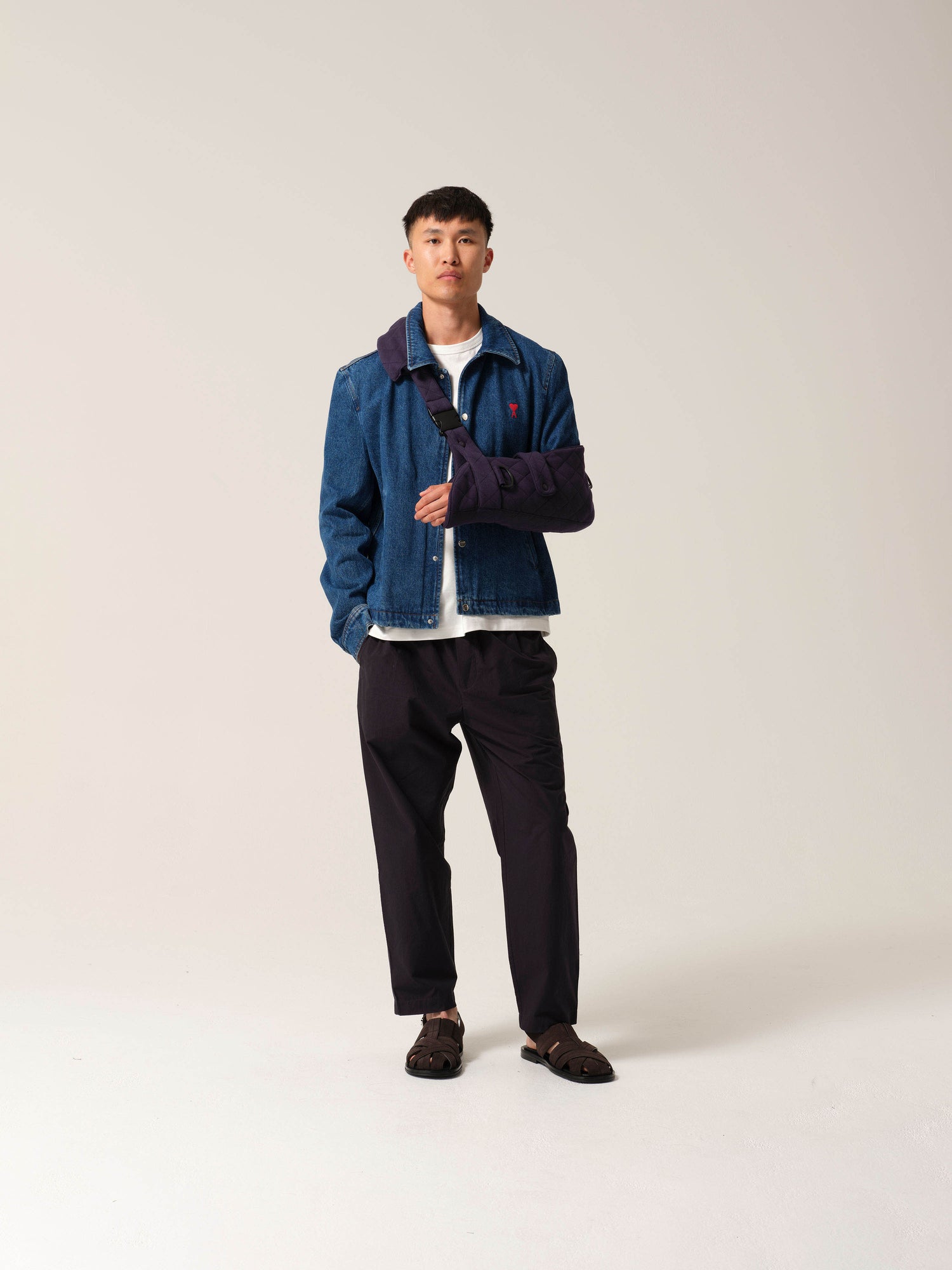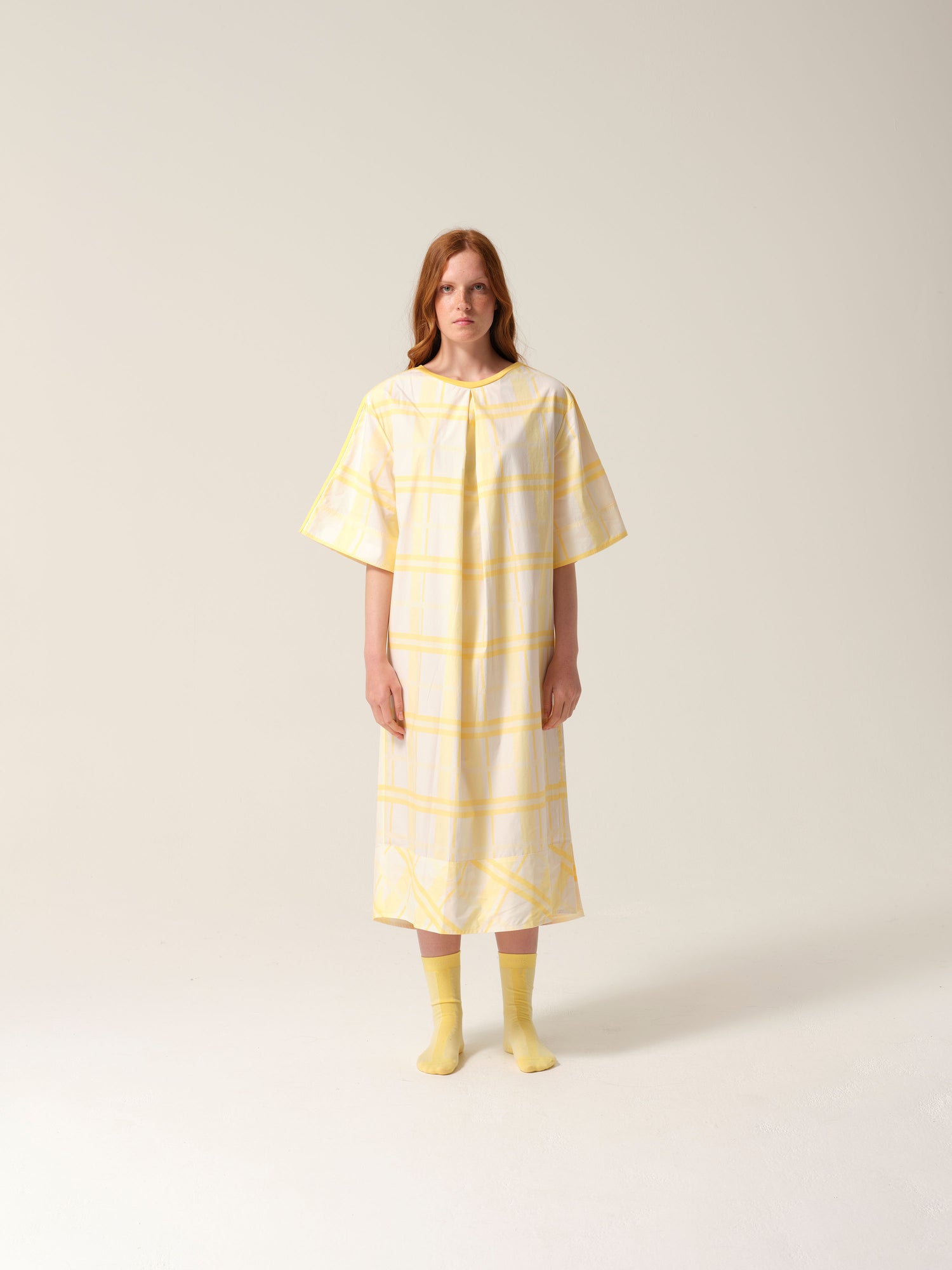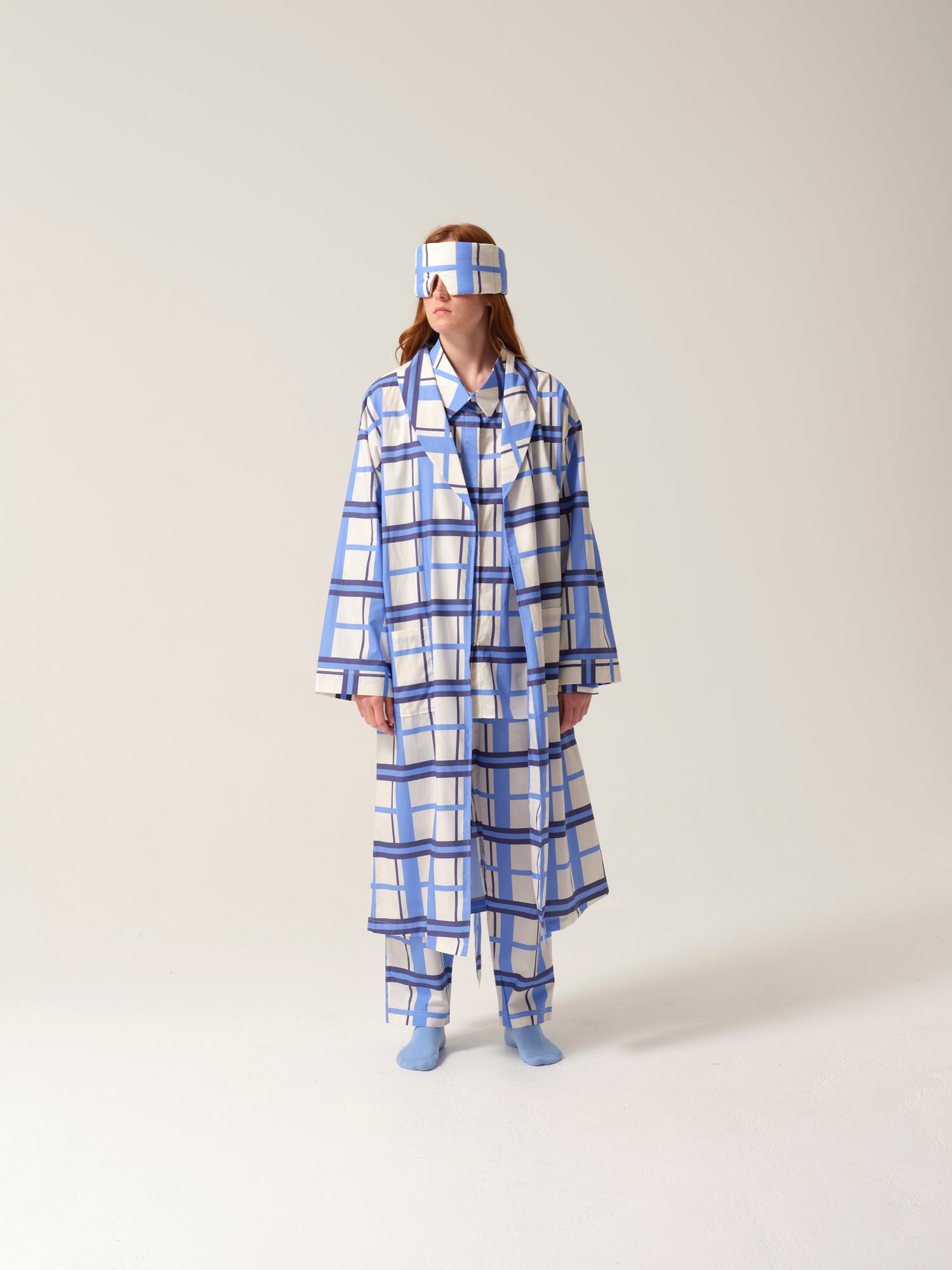
The Evolution of Recuperation
From Ancient Wisdom to Modern Wellness
When we think of recuperation, we might picture a quiet room, a cup of tea, and a blanket. Simple, restful escape. Yet, the history of recuperation is far richer and more fascinating, reflecting how attitudes toward healing, rest, and recovery have evolved over millennia.
From ancient civilisations to the wellness culture of today, recuperation has always been a blend of physical rest, mental restoration, and often, a good deal of trial and error. So, how did we get here?
Ancient Beginnings: The Sacred Art of Rest
In ancient Egypt, recuperation was a spiritual endeavor. Healing wasn't just about the body; it was about balance between body, mind, and spirit. Herbs, rest, and even prayers were prescribed for those seeking recovery. Fast forward to ancient Greece, where the father of modern medicine, Hippocrates, made rest and diet the cornerstone of recuperation. His philosophy of vis medicatrix naturae, the healing power of nature, was revolutionary: if the body is given space and time, it will heal itself. The Romans, always keen on comfort and luxury, took recuperation to a new level with their famous baths. These were places for the body to relax and recover, an early form of therapeutic relaxation.
The Middle Ages: Rest, Religion, and Recovery
By the Middle Ages, recuperation became heavily intertwined with religious practices. Monasteries were the first real hospitals, offering not just care but a space for spiritual healing. The idea of "holy rest" meant that patients received a kind of treatment that balanced the physical with the divine. This period also saw early surgical practices, though recovery often relied more on prayer and a lot of bed rest than antiseptic techniques.
Industrial Revolution: Enter the "Rest Cure"
The 19th century ushered in the Industrial Revolution, changing the very fabric of society, including our approach to recuperation. With the rise of factory life came a new ailment: neurasthenia or nervous exhaustion, particularly among women. In response, physician Silas Weir Mitchell popularised the "rest cure," which, despite its well-meaning intentions, often prescribed complete bed rest and isolation. Women were confined to their beds, physically inactive for weeks or even months. But this period also introduced sanatoriums, early versions of the modern recovery centre, offering fresh air a controlled environment for patients with illnesses like tuberculosis.
The 20th Century: Medical Advances & Physical Therapy
The 20th century marked a leap forward, with modern medicine transforming recuperation from a slow, trial-and-error process into something much more precise. The introduction of antibiotics, vaccines, and surgical innovations drastically improved recovery rates. But it was the emergence of physical therapy that truly changed the game. After the World Wars, rehabilitation centres became essential for soldiers returning with physical injuries. These centres began integrating exercise, movement, and muscle repair into the recovery process, a far cry from the static bed rest of the past.
Post-War: A Holistic Revolution
After World War II, recuperation expanded beyond just the physical. The rise of psychosomatic medicine which is the study of the mind-body connection, suggested that emotional well-being was just as important as physical healing. Recuperation became more about whole person recovery, where the emotional, mental, and social aspects of healing were embraced alongside physical rest. Suddenly, mental health was no longer an afterthought in recovery; it was a critical component.
Late 20th Century: Home Care & Recovery Wear
As the decades rolled on, medical advancements pushed for recovery to move beyond hospital walls. The 1980s and 1990s introduced a shift towards home care, making recuperation a more personal, less institutional affair. The rise of adaptive recovery wear, garments designed for ease and comfort that allowed patients to recover in the familiarity of their own homes. From post-surgical gowns to chemotherapy clothes, specialised clothing aimed to make recovery a little less painful, and a lot more comfortable. Suddenly, the recovery experience was about ease, not just medical procedure.
The 21st Century: Recuperation Meets Wellness Culture
Today, recuperation has become as much about wellness as it is about medicine. The rise of self-care has brought recovery into the mainstream, not just as something for the sick, but for anyone who needs a reset. This isn't just about rest; it's about reclaiming balance. Mind, body, and soul. Sleep recovery, nutrition, and even mental health now play major roles in how we recuperate. And it’s not just about laying in bed anymore. Active recovery, with its focus on gentle movement, has gained popularity among athletes and everyday people alike. We now understand that while rest is essential, the body also needs gentle movement to heal properly.
Comfort in Clothing: The Rise of Recuperation Wear
As more people seek comfort and function in their recovery, specialised clothing has become an essential part of the healing process. Adaptive designs help facilitate medical treatments, such as chemotherapy access or post-surgical he aling while also allowing patients to feel more human and less defined by illness. These adaptive designs not only aid in medical treatments, such as chemotherapy access or post-surgical healing, but also make patients feel more human, less like they're in a constant state of being "sick."
Cultural Shifts: The New Face of Recuperation
Looking back over the centuries, it's clear that recuperation has always been about balance. Early healing was a slow, often spiritual process, reliant on natural remedies and religious practices. Over time, we've transitioned toward a more scientifically driven model, and today, recovery has become something that’s as much about restoration as it is about comfort and self-care. We're no longer simply waiting for our bodies to heal; we’re actively participating in our own recovery. Whether it's through meditation, nutrition, or the latest in recovery wear, recuperation is now a holistic pursuit. It's one that integrates the physical, mental, and emotional, and leaves the traditional notion of recovery as a time of pure inaction behind.
The Takeaway: A Holistic Approach to Healing
What began as a process steeped in religious healing and nature-based remedies has evolved into a sophisticated, holistic journey. Recuperation is no longer just about lying down and waiting for the body to heal. It’s about actively creating an environment that supports healing from the inside out, whether that’s through mental well-being, gentle movement, or the right clothes for comfort and recovery. The future of recuperation, it seems, is as much about feeling good as it is about getting better. In a world that often moves too fast, the true art of recuperation is about taking the time to heal at your own pace, in your own space.


